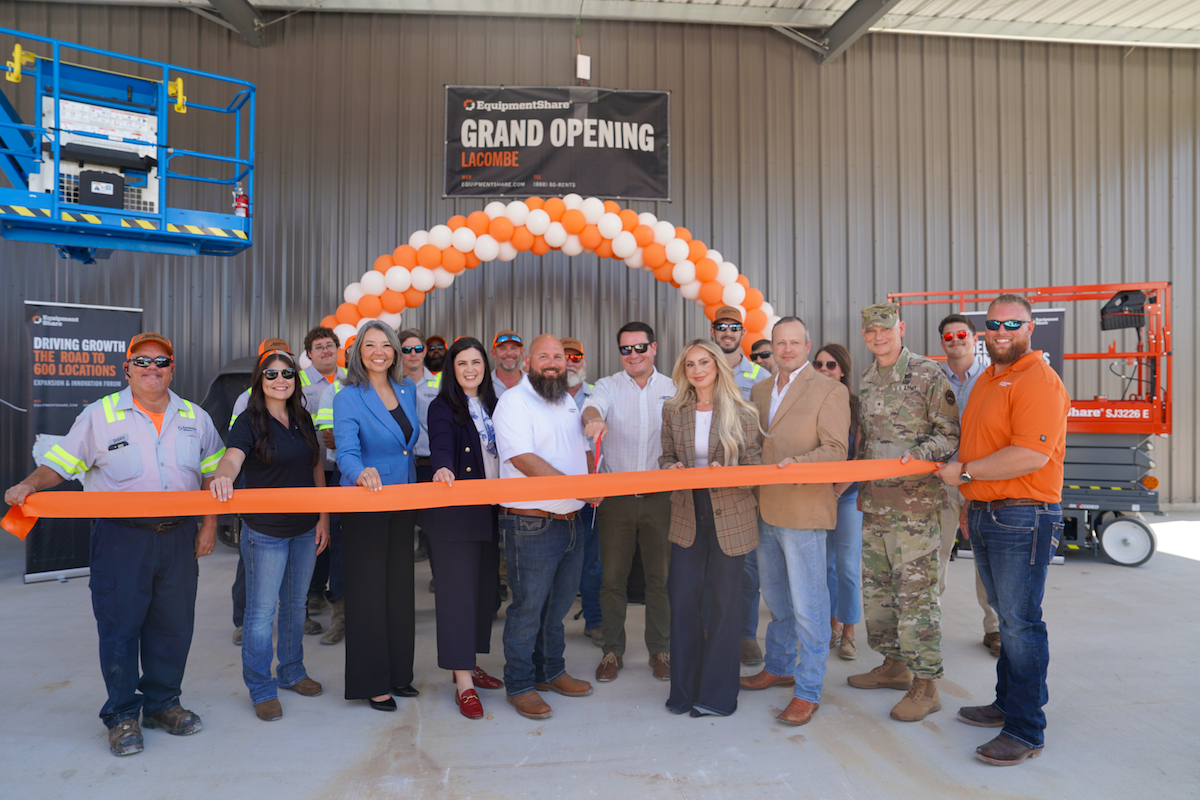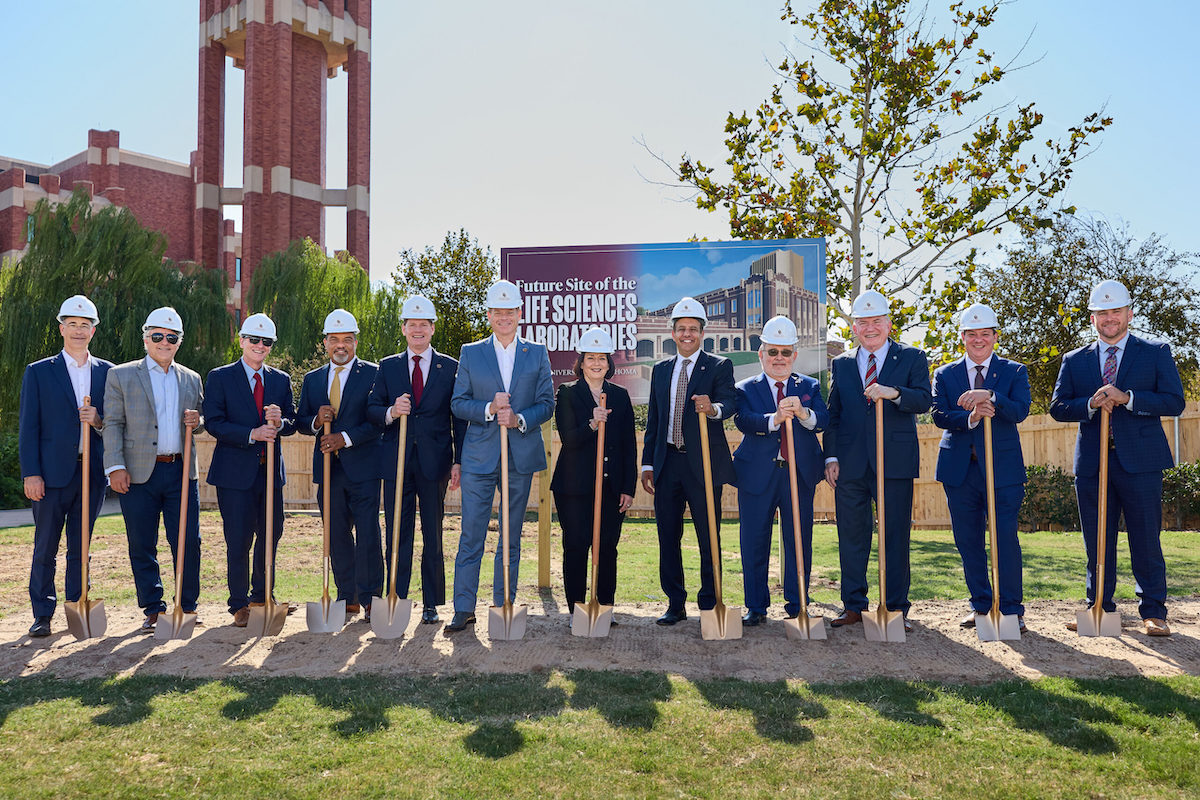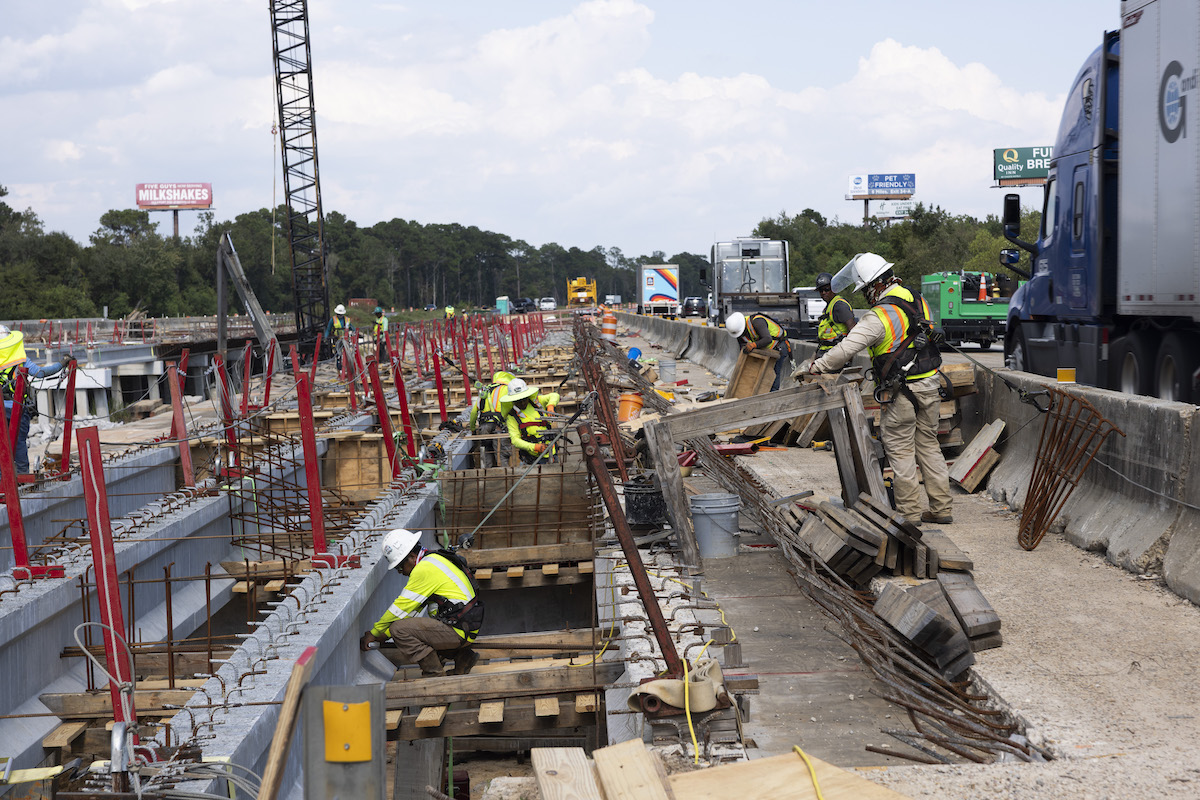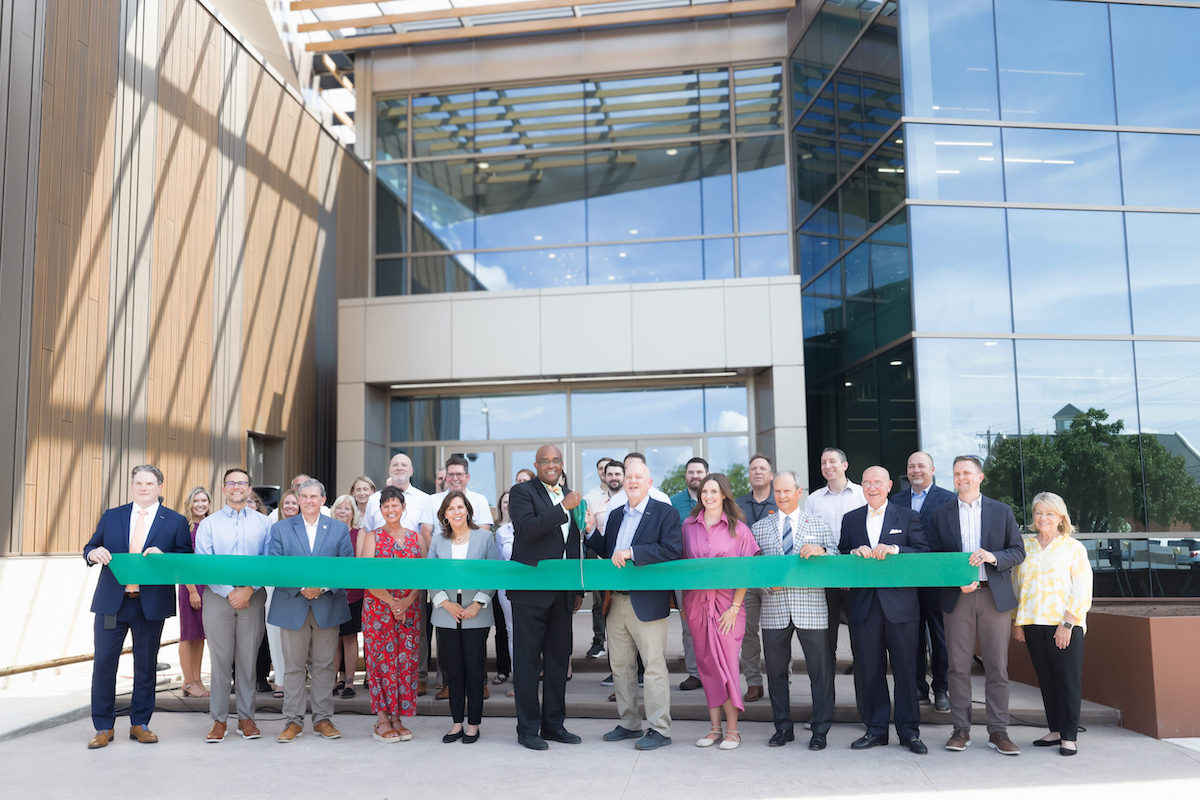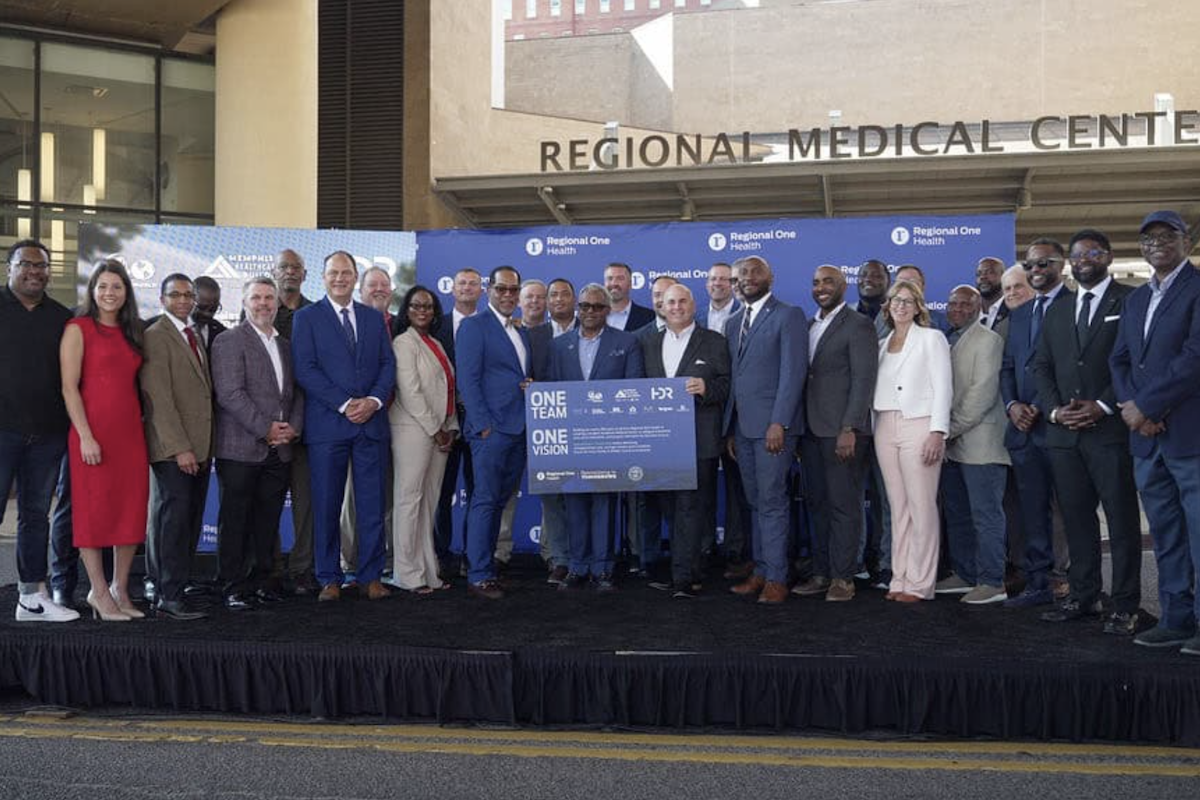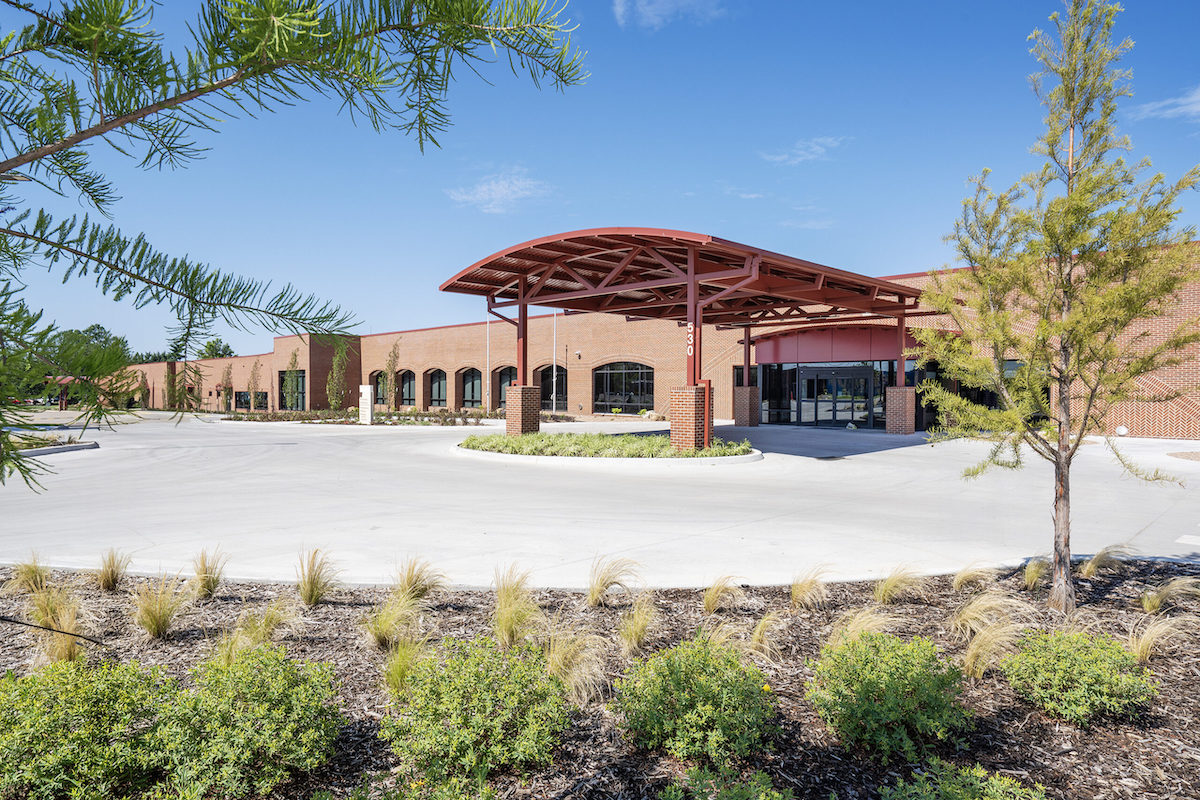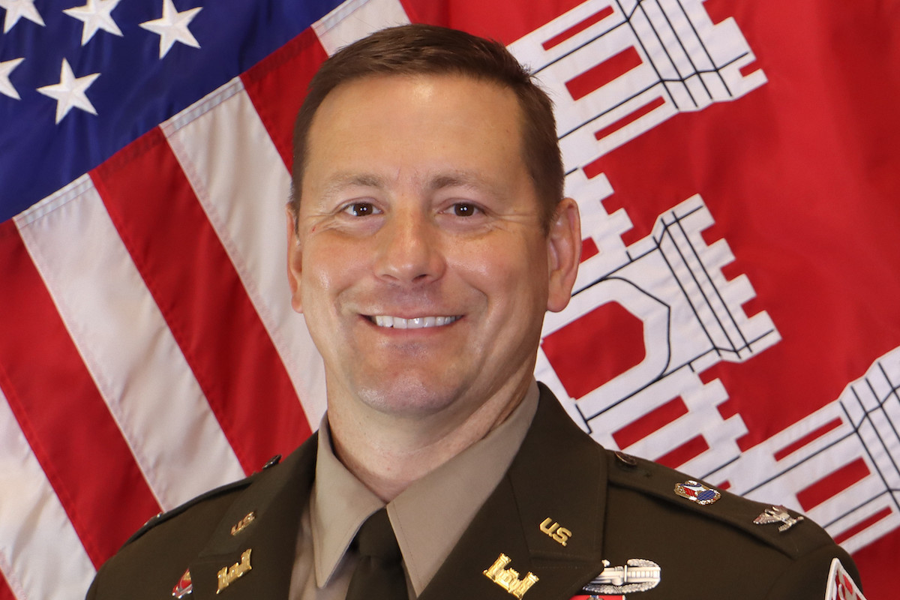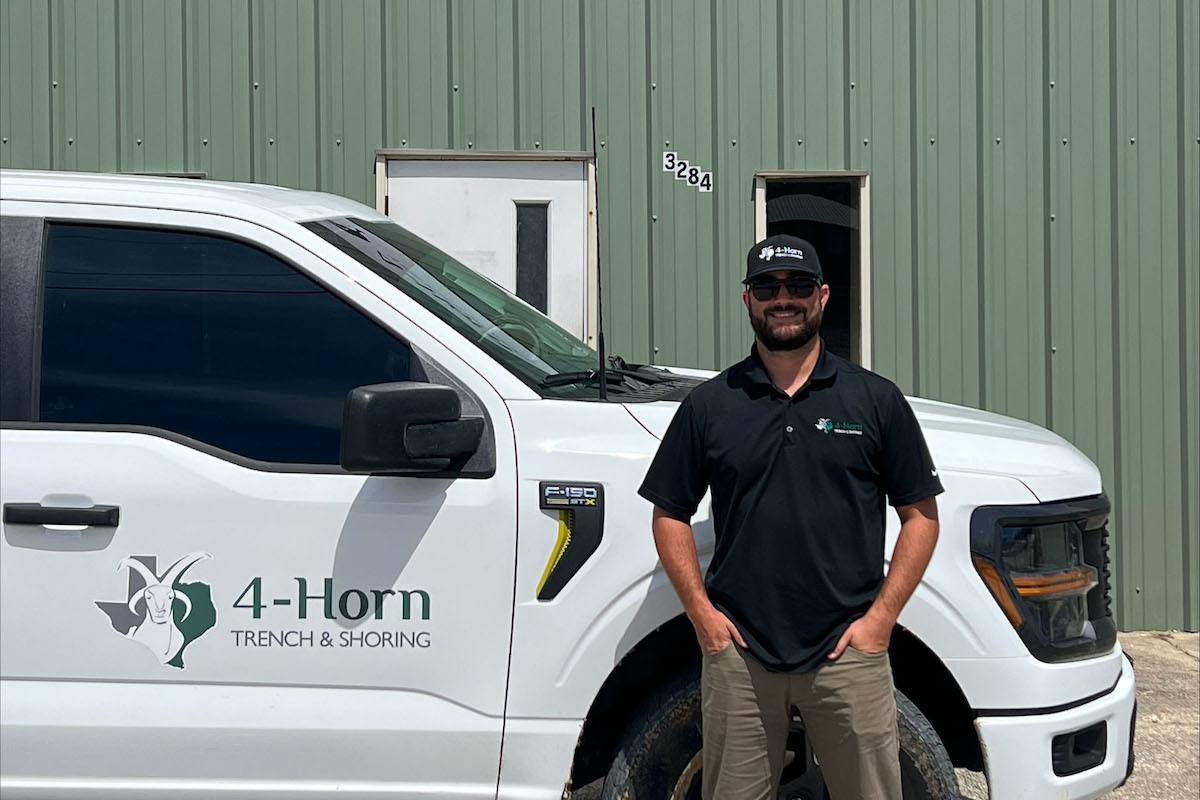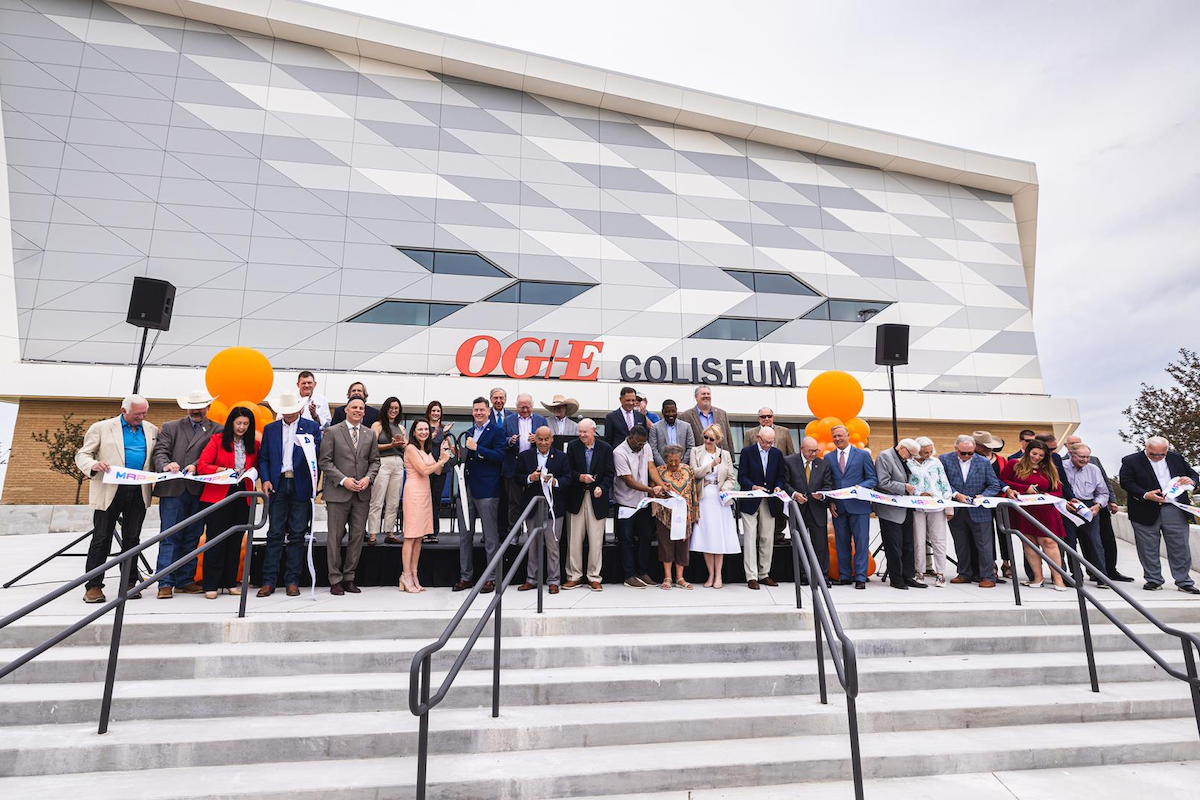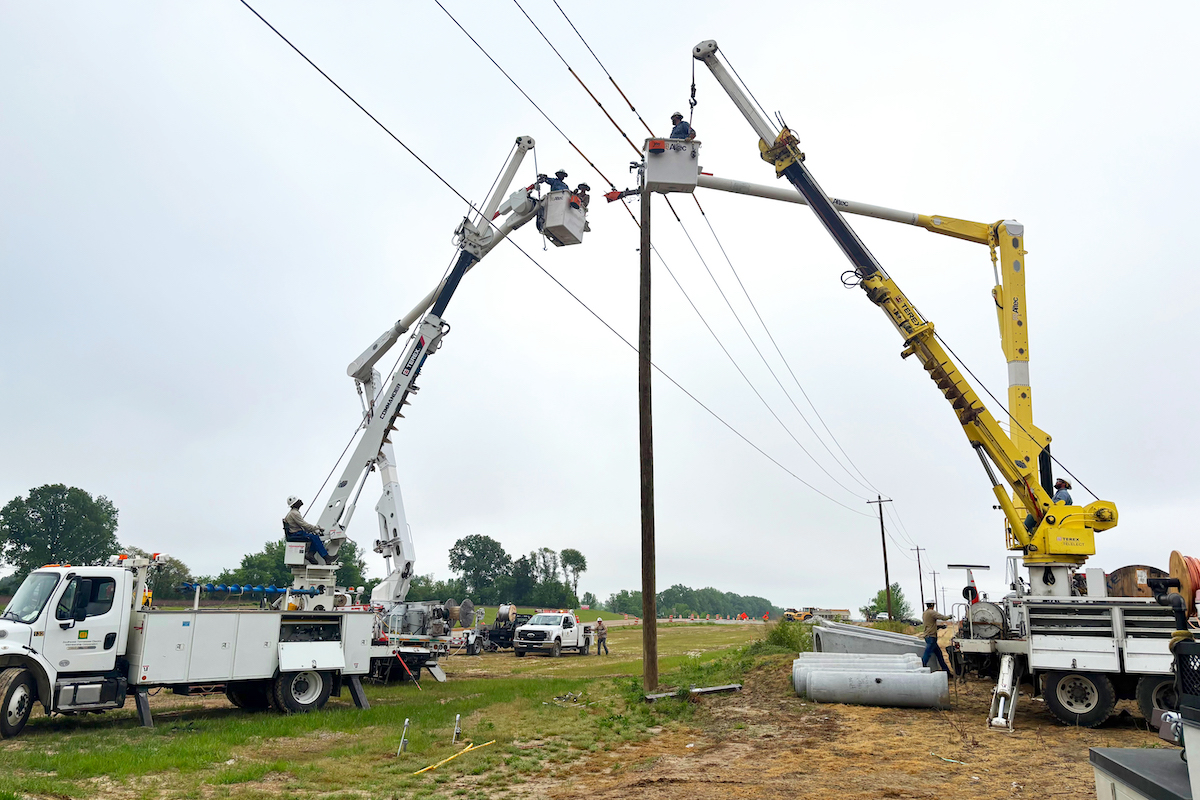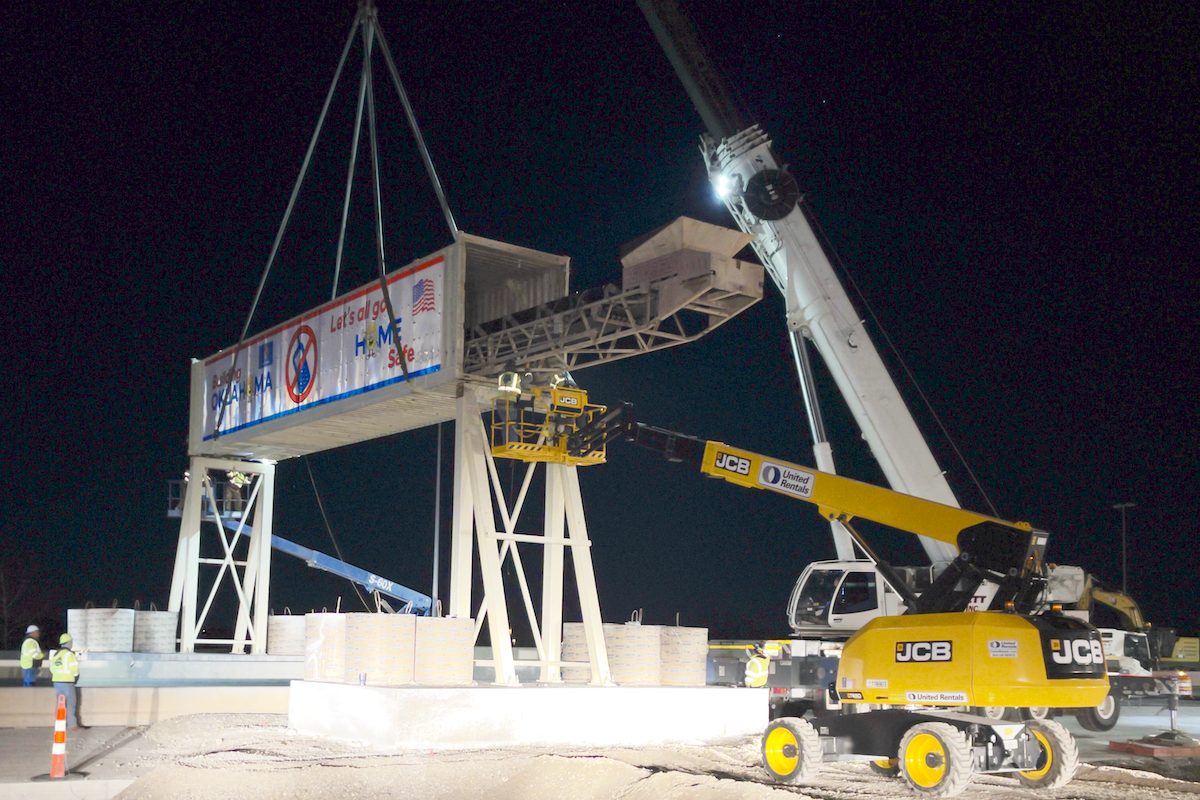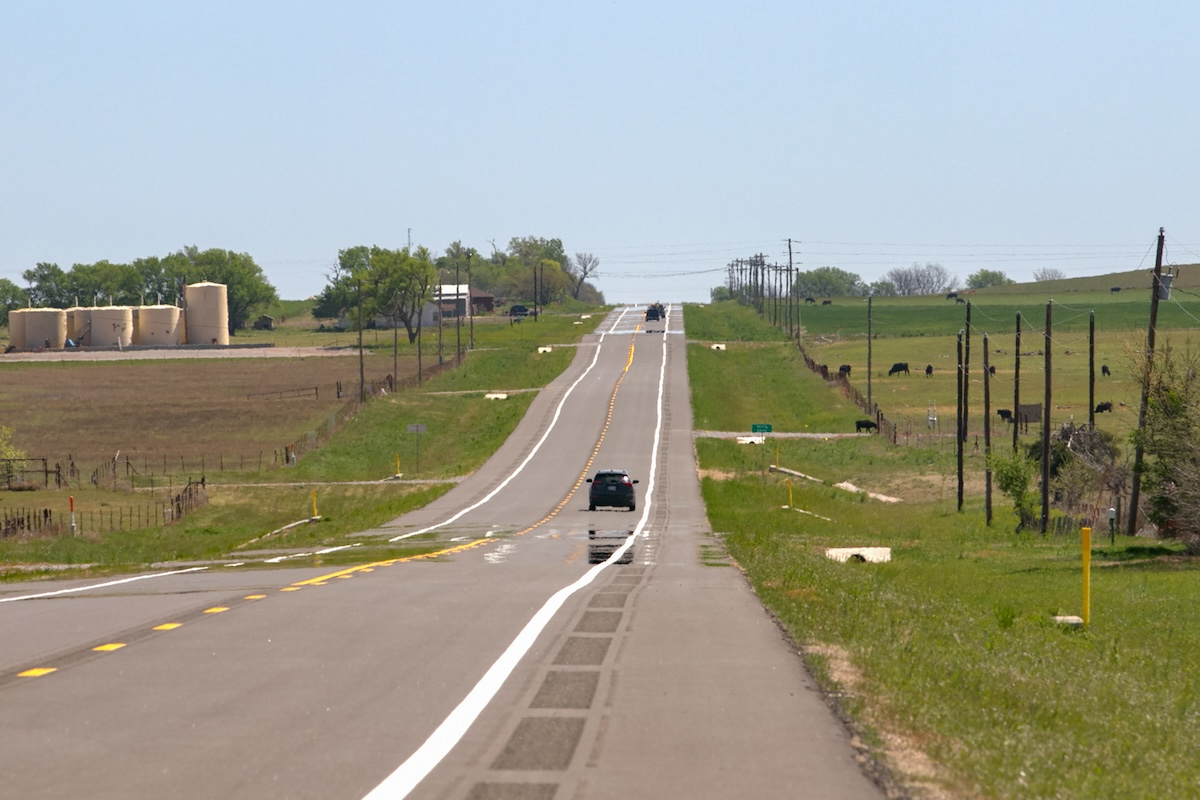That is how it played out when a driver apparently forgot to lower the bed of a dump truck and slammed into the underside of a bridge spanning the Will Rogers Turnpike. Dayne Weierbach, one of Olsson's Senior Engineers, conducted a visual inspection that same morning, finding a significant bend to an exterior steel beam and deformation to the web, bottom flange, diaphragm, and connection bracket.
The damage reduced the load carrying capacity of the bridge, requiring its emergency closure. The crossing’s importance to local farmers and the reduction in vertical clearance caused by the bent girder meant a repair needed to be done quickly. Keara Phillips-Berlin, one of Olsson’s Project Engineers, got right to work on a repair plan and submitted it later that afternoon. The repaired bridge reopened within three days.
Responding to these kinds of emergencies — and the numerous routine inspections in between — is all part of working as the Consulting Engineer for the Oklahoma Turnpike Authority (OTA). Since 2014, Olsson has held contracts to serve as the independent engineer representing the turnpike’s bonding authority. Olsson's trained and certified staff of inspectors conduct regular examination of all in-service facilities in the OTA.
“I’ll never forget what one instructor said when I went through the federal training course,” said Brad Burtch, a Senior Technician with Olsson's Oklahoma Field Operations team. “‘Inspect every bridge as if your family were going to drive over that bridge.’ That always stuck in my mind, and that’s how I inspect all my bridges.”

| Your local Wirtgen America dealer |
|---|
| Kirby-Smith Machinery |
The Olsson team can identify all signs of bridge deterioration, including cracking, flaking, spalling, efflorescence, shifting, and shearing of anchor bolts. Inspectors also closely examine bridge components such as beams, bearing pads, plates, expansion joints, etc.
For each formal inspection (generally every two years), Olsson inspectors work through 100-point checklists, take photos and measurements, and log data about the bridge. During off-years, Olsson conducts walk-arounds for each structure to make sure no major issues have cropped up. Olsson's observations and reports are used by the OTA to meet safety and bridge condition compliance requirements of the Federal Highway Administration.
Like everywhere else in the country, the Oklahoma Turnpike system is made up of aging infrastructure. Elements of the system were constructed nearly 70 years ago and about 75 percent of the bridges were built prior to 1975. It is another reason why identifying and addressing issues promptly is so critical.
“We take our inspection program very seriously,” said Jimmy Sparks, Olsson’s Regional Leader for Oklahoma. “And we’re not just telling them when their bridge has a problem — our goal is to work with them on solutions to preserve their facilities.”














